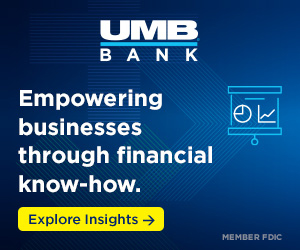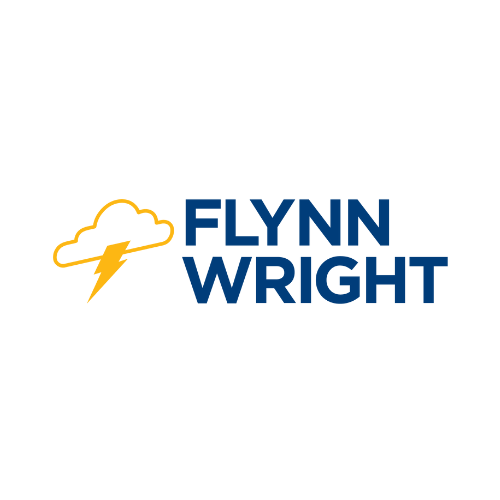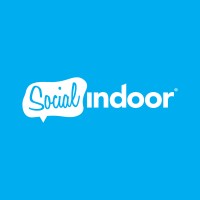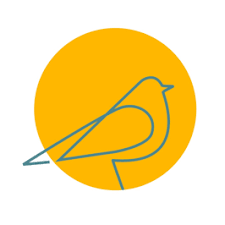MCLELLAN: Your website is where people get to know you

Last week, we explored the evolution of websites. Many business and corporate websites are still stuck in the “I have to tell you absolutely everything you might ever want to know” phase. That era was born from a paranoia that someone would only visit your site once, so you’d better make sure you pack it full with every conceivable iota of information.
Hopefully, we’re a little smarter than that now. In this day and age, people want snippets and sound bites. We want you to wet our whistle – not feed us your 411 through a fire hose.
What does that mean for our websites? We are now firmly in the age of connection on the Web. Social networks such as Facebook and Twitter have taught big brands that consumers don’t want to be on the receiving end of a monologue. They want to communicate.
In a 2010 issue of the magazine AdAge, author and Web expert Gerry McGovern said: “The larger point is that offline marketing and branding is about getting attention – but online marketing and branding is about giving attention. Great home pages are active; you can do something on them.”
He’s right – our websites should be places where customers, prospects and even prospective employees can all go to get a taste of what we’re all about. They should leave feeling that they know us better and, even more important, that we might know them a little better too.
For a long time, cool and pretty got in the way of useful and relevant. Websites aren’t a showcase for anyone’s coding or design skills anymore. Waiting for your funky Flash intro to load and show is so 2005. It screams: “They haven’t updated their site in years!”
Most consumers use the Internet for three main purposes today: socializing, entertainment and information. Your goal is to weave all three of those elements into your website. Odds are that your visitors would rank getting information as their No. 1 priority, with being entertained or socializing coming in a distant second – so plan accordingly.
As you begin to think through your website, ask yourself these questions:
• What information or insight can we share that would be helpful?
• What tools could we make available that would bring visitors back time and time again?
• What resources do we have or use that we could put on our site as downloadable content?
• What are the five most likely questions people are looking to answer when they visit our site?
• What would be so useful or entertaining that our visitors would share it with their Facebook or Twitter circles?
• How can we use this site to make ourselves more accessible?
• We know that Google’s search algorithm gives high marks for regularly changing content and multimedia. How do we take advantage of that?
• Is our navigation language easy to understand, or are we using industry jargon?
• Is our content 75 percent important to our audience, about what they care about, and 25 percent (or less) about us?
Never forget that you are not building a monument to your successes or a tribute to your talents. You are building a place where visitors will find how incredibly valuable you could be to them.
© 2012 Drew McLellan










